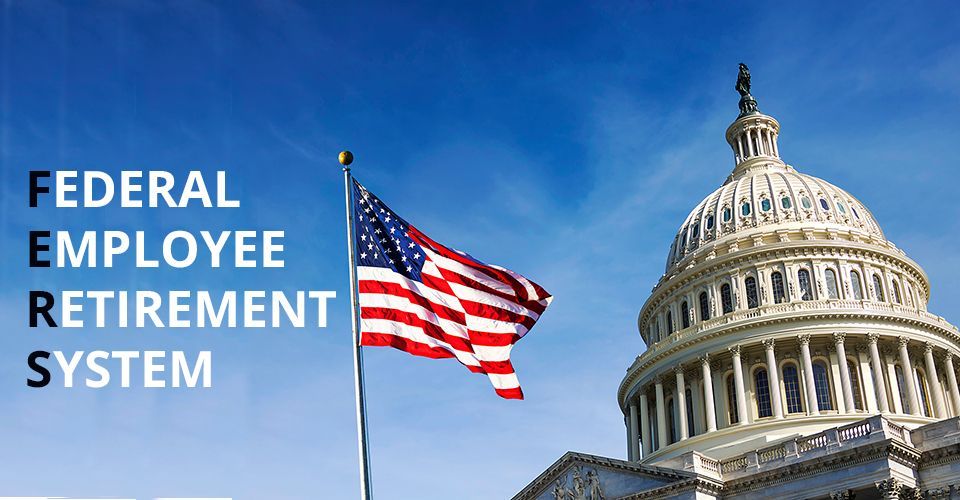Preparing for Inflation in Retirement
As you prepare for retirement, it’s easy to overlook one key factor in your budgeting: Inflation. Here are four key ways to prepare now for the effects of inflation on your portfolio when you retire.
Decrease Living Expenses in Retirement
Consider where you may be able to cut costs in retirement. You could plan to retire in a state with no income taxes, or no sales tax. You could also consider paying off your mortgage or moving to a smaller home. Any way you decide to cut costs, keep in mind that reducing debt ahead of retirement, at the US Dollar’s current buying power, will cut down on the impact inflation will have on you significantly.
Plan For A Longer Retirement
As medical technology continues to improve, people are living longer after retirement. Remember to set yourself up for success now by budgeting for comfort well into your retirement. If your plan covers your full life expectancy, you can move into your future with clarity and confidence.
Diversify Your Portfolio
As you build out your pre-retirement portfolio, consider adding assets that do well during times of inflation. These include commodities, such as gold and silver, and real estate investments. This is an area in which a financial advisor could help you. You’ll want to review this portfolio often to ensure it remains in your best interest. There are also investment strategies that can produce earnings strong enough to offset inflation.
Multiple Streams of Income
Many income streams in retirement have inflation protection built in. Social Security and your Federal pension have Cost of Living Adjustments, or COLAs built in, which help them weather the tides of inflation. Safe income investment strategies can help you protect your principal, retain access to your funds, and provide growth that surpasses most inflation years.
As you prepare your retirement plan, be sure to account for the effects of inflation on your portfolio and your budget. The efforts you make now may be the factor that allows you the retirement of your dreams. If you’d like to discuss your unique benefits and plans, our retirement coaches are ready to help you. Click
here and fill out the form for a free Federal Employee Benefits Analysis for those ages 55+.
More Featured Articles






Connect With Us
(844) FED RETIRE
We are NOT part of the federal government.
For federal work-related questions, forms, and resources,
please visit the
OPM Retirement Center.
3152 Little Road, Suite 144, Trinity, FL 34655
Federal Retirement Experts is a Jameson Financial Solutions company
Jameson Financial Solutions Cage: 88DU2
Serving Federal Employees Nationwide



